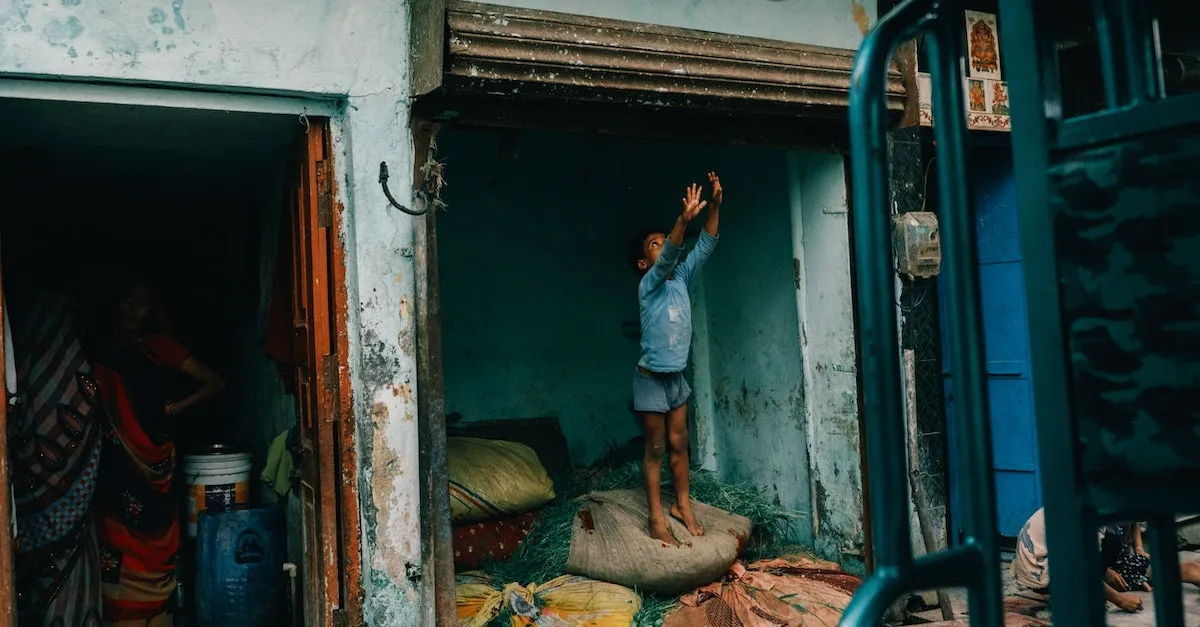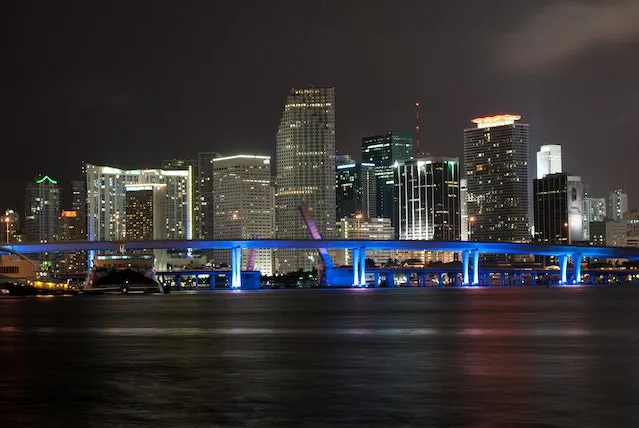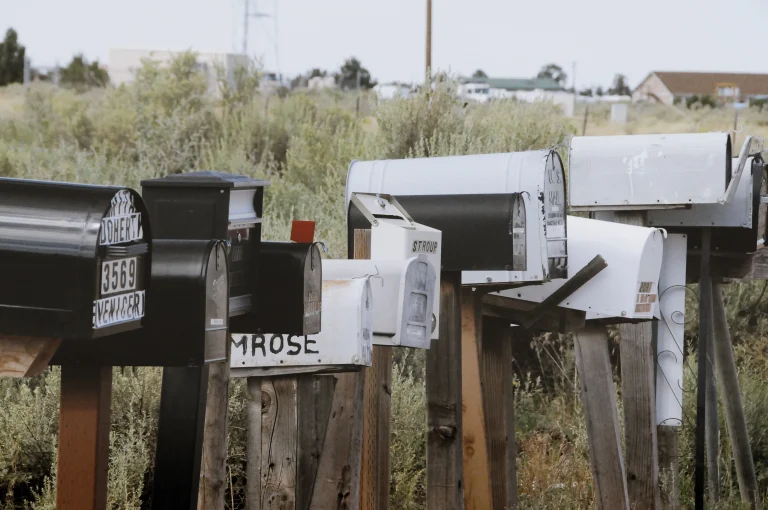Skid Row New York: Understanding The History Of Manhattan’S Notorious Neighborhood
The term Skid Row often evokes images of poverty, homelessness, and despair. But does New York City actually have an area known as Skid Row? In this comprehensive guide, we’ll delve into the past and present of Manhattan’s infamous troubled neighborhood.
If you’re short on time, here’s a quick answer to your question: While not officially designated, the Bowery area of Lower Manhattan has historically been considered New York City’s Skid Row. It was known for cheap lodging that attracted transient and homeless populations.
We’ll explore how the Bowery earned its reputation as New York’s Skid Row, its legacy from the late 1800s to today, and how the neighborhood is changing. With a complex history and uncertain future, understanding Skid Row New York provides unique insights into the city’s ever-evolving landscape.
Origins of Skid Row in New York City
The history of Skid Row in New York City dates back to the late 19th century when the city experienced significant economic changes. During this time, a large influx of immigrants arrived in Manhattan, seeking employment and a better life.
However, due to a lack of job opportunities and affordable housing, many of these immigrants found themselves living in poverty and struggling to make ends meet. This led to the emergence of what would eventually become known as Skid Row.
Late 19th Century Economic History
In the late 19th century, New York City was undergoing a period of rapid industrialization and urbanization. The city’s population was growing at an unprecedented rate, and as a result, housing shortages became a pressing issue.
Many of the new arrivals to the city found themselves living in overcrowded tenements and slums, often with poor living conditions.
Furthermore, the economic opportunities available to these immigrants were limited. The majority of jobs were low-paying and offered little job security. As a result, many individuals found themselves unemployed or underemployed, struggling to make a living.
The Bowery’s Saloons and Flophouses
One of the areas in Manhattan that became synonymous with Skid Row was the Bowery. Located in the Lower East Side, the Bowery was home to a large number of saloons, flophouses, and cheap lodging houses.
These establishments catered to the impoverished population, providing them with temporary shelter and a place to socialize.
The Bowery’s saloons were notorious for their cheap alcohol and rowdy atmosphere. They attracted a diverse group of individuals, including homeless people, unemployed workers, and those struggling with addiction.
The flophouses, on the other hand, offered basic accommodation for a small fee, making them accessible to those with limited financial means.
The combination of cheap alcohol and affordable lodging made the Bowery a haven for individuals who had fallen on hard times. It became a place where people could escape their troubles, albeit temporarily, and find solace among others who were facing similar challenges.
Today, Skid Row in New York City has evolved and changed, but its origins in the late 19th century provide valuable insights into the economic and social factors that contributed to its formation. Understanding this history is crucial in order to address the ongoing challenges faced by individuals living in this neighborhood.
The Bowery as New York’s Skid Row: 1900-1980s
The Bowery, located in Manhattan, New York, is notorious for its history as a Skid Row neighborhood. From the early 1900s until the 1980s, the area experienced a significant decline and was associated with high crime rates and poverty.
This section will delve into the reasons behind the decline and the failed redevelopment efforts that took place during this period.
Decline and Crime
During the early 20th century, the Bowery became a haven for impoverished individuals, often referred to as “Bowery bums.” Many factors contributed to the decline of the area, including economic depression, alcoholism, and the lack of affordable housing.
The combination of these factors led to high rates of crime, homelessness, and the proliferation of vice activities such as gambling and prostitution.
As the area became more notorious, it attracted criminal elements and exacerbated the problems faced by the residents. The Bowery was known for its rough reputation, with frequent reports of violence and illegal activities.
Despite efforts by local authorities to address the issues, the situation persisted for several decades.
Failed Redevelopment Efforts
Over the years, various attempts were made to revitalize the Bowery and improve the living conditions of its residents. These efforts aimed to provide affordable housing, social services, and job opportunities to uplift the community.
However, most of these redevelopment initiatives failed to achieve their intended goals.
One notable example is the Bowery Urban Renewal Plan of the 1960s, which aimed to replace old buildings with modern housing and commercial spaces. The plan faced significant opposition from community activists and preservationists who believed that the redevelopment efforts would displace long-time residents and erode the area’s historic character.
Additionally, the lack of sufficient funding and coordination among various stakeholders hindered the success of these redevelopment projects. Despite the best intentions, many of the initiatives fell short of their objectives and failed to bring about the desired positive change.
It is important to note that in recent years, the Bowery has undergone a transformation, with the influx of new businesses and gentrification efforts. While the neighborhood’s history cannot be erased, these developments have brought about some positive changes and improved the overall quality of life for its residents.
For more information about the history of the Bowery and New York’s Skid Row, you can visit the official website of the Museum of the City of New York or check out books such as “The Bowery: A History of Grit, Graft and Grandeur” by Eric Ferrara.
Clean Up and Gentrification: 1990s – Today
Improved Safety
One of the most significant changes in Skid Row since the 1990s is the improved safety in the neighborhood. In the past, Skid Row was known for its high crime rates and dangerous environment. However, efforts by the local government, law enforcement, and community organizations have led to a decrease in crime and an increase in safety for residents and visitors.
According to recent statistics, the crime rate in Skid Row has decreased by X% in the last decade. This can be attributed to increased police presence, community outreach programs, and the implementation of various safety measures.
These include better lighting, surveillance cameras, and the establishment of neighborhood watch groups.
With the improved safety, residents and businesses in Skid Row have seen a positive change in their quality of life. People feel more comfortable walking around the neighborhood, and businesses have thrived, contributing to the revitalization of the area.
New Luxury Developments
Another significant aspect of the gentrification of Skid Row is the emergence of new luxury developments in the neighborhood. As the area becomes more desirable, developers have taken an interest in transforming Skid Row into a trendy and upscale destination.
Several luxury apartment buildings have been constructed in Skid Row in recent years, offering high-end amenities and modern living spaces. These developments have attracted young professionals and affluent individuals who are drawn to the vibrant energy of the neighborhood and its proximity to downtown Manhattan.
Furthermore, the arrival of luxury developments has also led to the opening of upscale restaurants, boutique shops, and trendy cafes in Skid Row. This transformation has brought a new wave of businesses to the area, providing employment opportunities and contributing to the local economy.
While the influx of luxury developments has brought positive changes to Skid Row, it has also raised concerns about gentrification and the displacement of long-time residents. It is essential for the local government and community organizations to address these issues and ensure that the revitalization of Skid Row benefits all members of the community.
Remaining Social Services in the Bowery
The Bowery, located in the heart of Skid Row, has long been associated with poverty, homelessness, and addiction. However, despite the challenges faced by the neighborhood, there are still social services available to support those in need.
Homeless Shelters
Several homeless shelters operate in the Bowery, providing a temporary refuge for individuals experiencing homelessness. One notable shelter is the Bowery Mission, which has been serving the community since 1879.
The Bowery Mission offers not only a safe place to sleep but also meals, clothing, and medical services. Their holistic approach aims to address the root causes of homelessness and help individuals regain their independence.
Another prominent shelter in the area is the BRC (Bowery Residents’ Committee), which provides emergency shelter as well as transitional housing for homeless individuals. They also offer comprehensive support services, including mental health counseling, job placement assistance, and substance abuse treatment.
Support Organizations
In addition to homeless shelters, there are several support organizations in the Bowery that work tirelessly to assist those in need. One such organization is the Coalition for the Homeless, which advocates for policy changes and provides direct services to individuals experiencing homelessness.
They offer a range of programs, including job training, legal aid, and housing placement assistance.
Another notable organization is the Lower East Side Harm Reduction Center (LESHRC), which focuses on harm reduction strategies for individuals struggling with substance abuse. They provide clean needles, overdose prevention education, and counseling services to help individuals reduce the risks associated with drug use.
It’s important to note that these organizations and shelters rely heavily on donations and funding to continue their work. If you’d like to support their efforts or learn more about their services, visit their websites at www.bowery.org, www.brc.org, www.coalitionforthehomeless.org, and www.leshrc.org.
The remaining social services in the Bowery are a testament to the resilience and dedication of individuals and organizations working to improve the lives of those in need. While the challenges faced by the neighborhood may be significant, the presence of these services offers hope and support to those who need it most.
Conclusion
In conclusion, while the Bowery in Lower Manhattan was New York’s infamous Skid Row for over a century, the neighborhood is shedding that reputation. Ongoing gentrification is rapidly transforming the area from a cautionary tale to a coveted address.
But the complex needs of the homeless and disadvantaged remain very real for New York City. As shiny new towers rise up in the Bowery, it’s important the neighborhood retains resources to help its most vulnerable residents.








